Modern art emerged as a radical departure from classical traditions, fundamentally rejecting representational accuracy and idealized forms. The 1863 Salon des Refusés in Paris is regarded as an important starting point of modern art. Its timeline spans roughly 1863 to 1960, catalyzed by industrialization, World War I’s societal upheaval, and a philosophical shift toward abstraction. At its core, modern art is characterized by:
• Formal innovation: Prioritizing experimentation with line, color, and form over realistic depiction.
• Metaphorical social critique: Using symbolic gestures to address industrialization’s dehumanizing effects, as seen in movements like Dadaism and Surrealism .
• Artistic self-referentiality: Emphasizing art’s autonomy, where the act of creation itself became the subject.
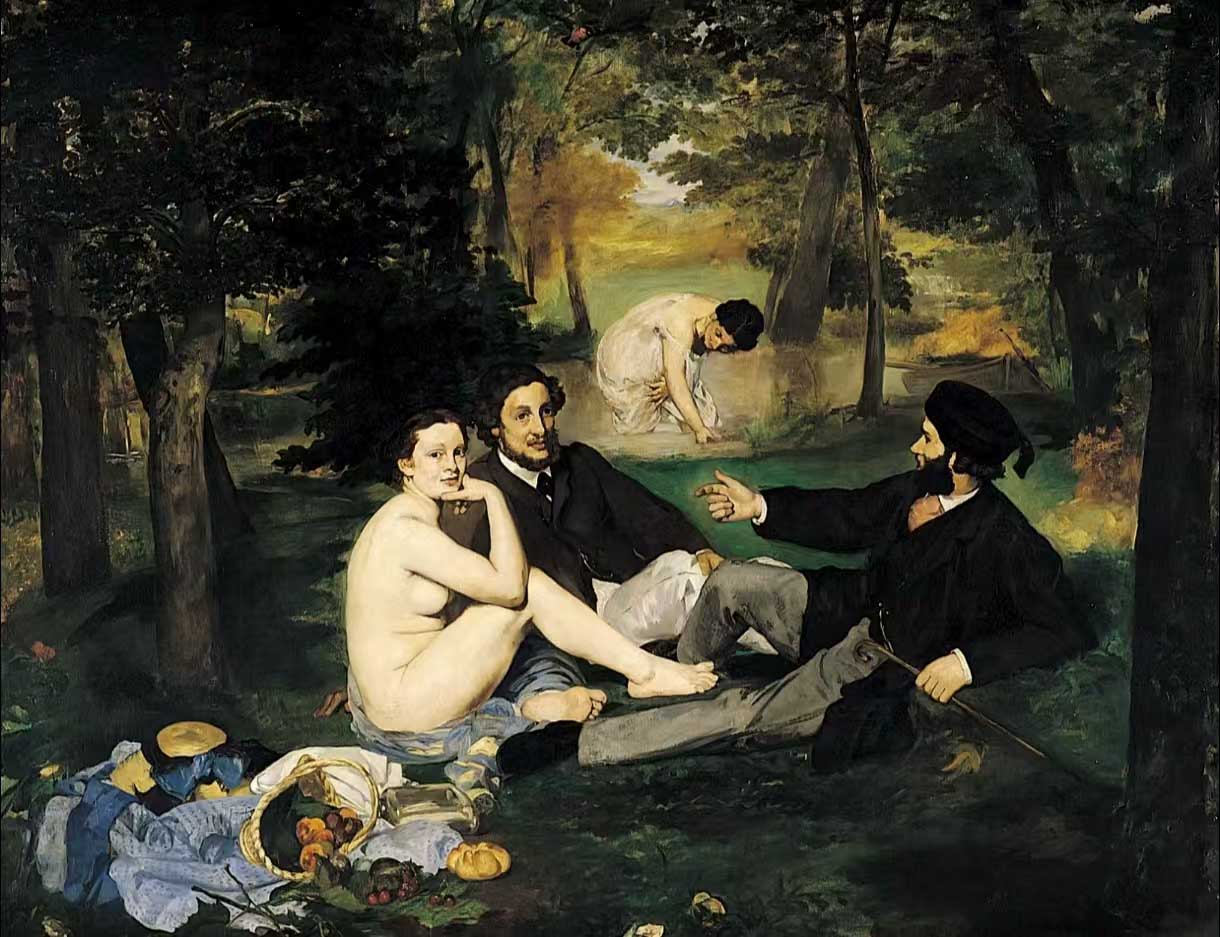
In 1863, Napoleon III, responding to controversy caused by the rejection of a large number of works by the Salon jury, ordered a separate exhibition for these "rejected artists." Among them, Édouard Manet’s Le Déjeuner sur l’herbe (The Luncheon on the Grass) caused a sensation due to its break with traditional composition (such as depicting a nude woman alongside ordinary men and non-idealized figures) and its unconventional handling of light and shadow."
"This event marked the moment when artists began to challenge official authority and break through traditional aesthetic norms, heralding the dawn of modern art’s "anti-traditional" spirit.
• Marcel Duchamp (1887–1968): The pivotal figure of modernism, whose Fountain (1917)—a repurposed urinal—challenged definitions of art by elevating everyday objects to “readymades.” This act redefined art as concept over craftsmanship .
• Abstract Expressionism: Jackson Pollock’s drip paintings (Autumn Rhythm, 1950) epitomized “action painting,” where physical gesture and spontaneity became central to composition .
• Other innovators: Pablo Picasso (Cubism), Wassily Kandinsky (abstraction), and Salvador Dalí (Surrealism).
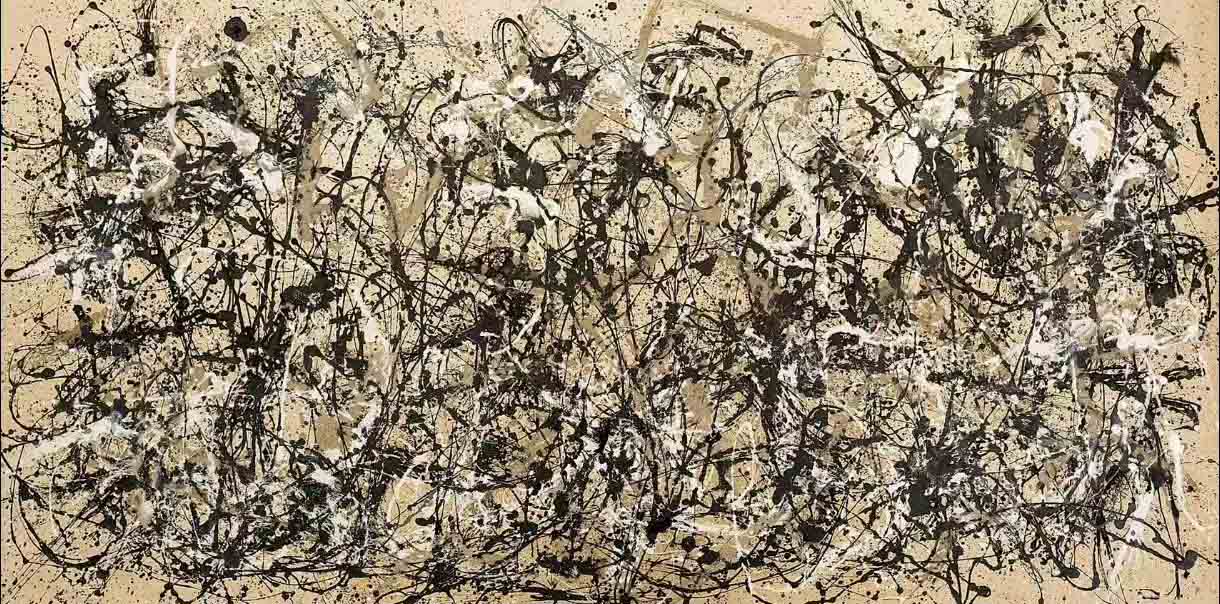
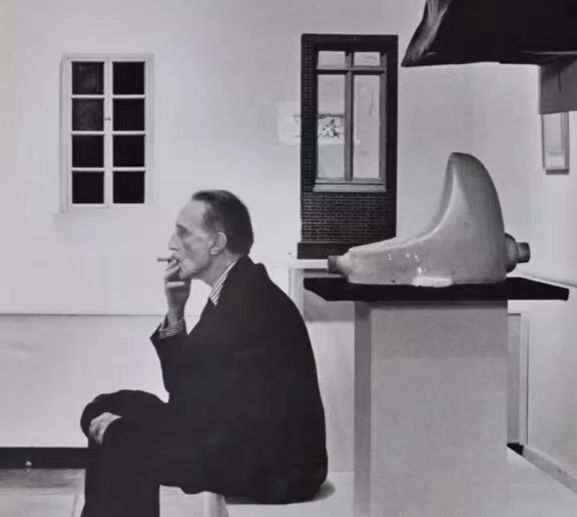
The definition of contemporary in art extends beyond chronology to encompass works created from 1983 onward, reflecting current socio-political realities. Unlike modernism’s focus on form, contemporary art is defined by:
• Global interconnectedness: Addressing universal themes like identity politics, migration, and climate justice.
• Rejection of grand narratives: Embracing fragmented, multi-voiced perspectives.
• Medium fluidity: Utilizing installation, digital media, bio-art, and performance to dissolve boundaries between art and audience.
Although Marcel Duchamp's Fountain (1917, exhibiting a urinal as art) belongs to the modern art period, its concept that "art is idea" laid the foundation for contemporary art – completely breaking the tradition that "art must be handcrafted" and expanding the definition of art to encompass "the artist's choice and concept."
• In 1961, Allan Kaprow proposed "Happenings," integrating artistic actions into everyday life scenes and blurring the boundaries between art and life.
• In the 1960s, Conceptual Art (exemplified by Sol LeWitt) advocated that "the core of art is the idea, not the form," further dissolving the dominance of traditional art's physical mediums (painting, sculpture).
• In 1969, Artforum published several articles discussing "Postmodernism," explicitly defining the break between contemporary art and modern art – modern art pursued "formal innovation," while contemporary art focuses more on social, political, identity, and other issues, and rejects a single art historical narrative.
After the Cold War ended, globalization accelerated. Art was no longer confined to a Western center; non-Western artists and multicultural issues entered the mainstream. The "global" character of contemporary art became increasingly pronounced. Consequently, some scholars regard 1989 as the "starting point for globalization" in contemporary art.
• Sen Dada (b. 1955): Widely cited as a progenitor, whose 1983 Nanjing 5·20 Incident—a performance challenging state control of art—marked contemporary art’s activist turn in China .
• Participatory practices: Artists like Ai Weiwei leverage social media to foster collective action (e.g., Sunflower Seeds, 2010).
• Technology integration: Video art (Bill Viola), digital installations (TeamLab), and AI-driven works exemplify the era’s technical expansiveness .
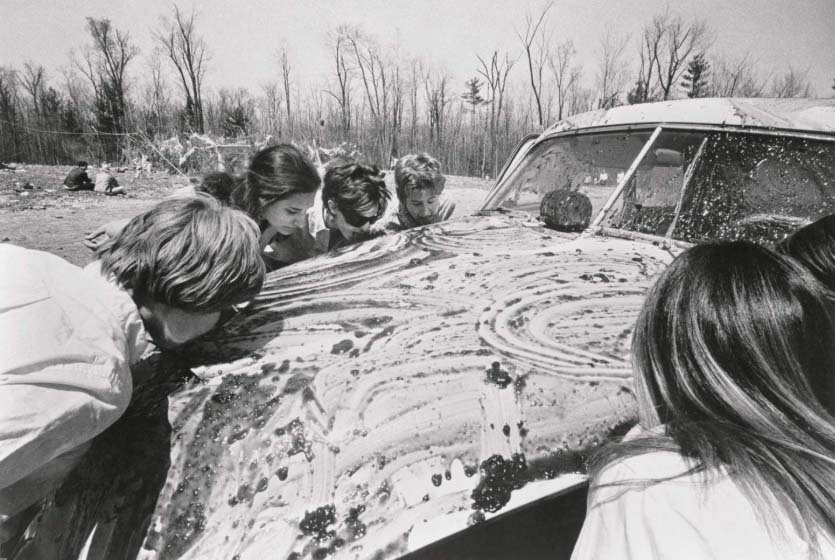
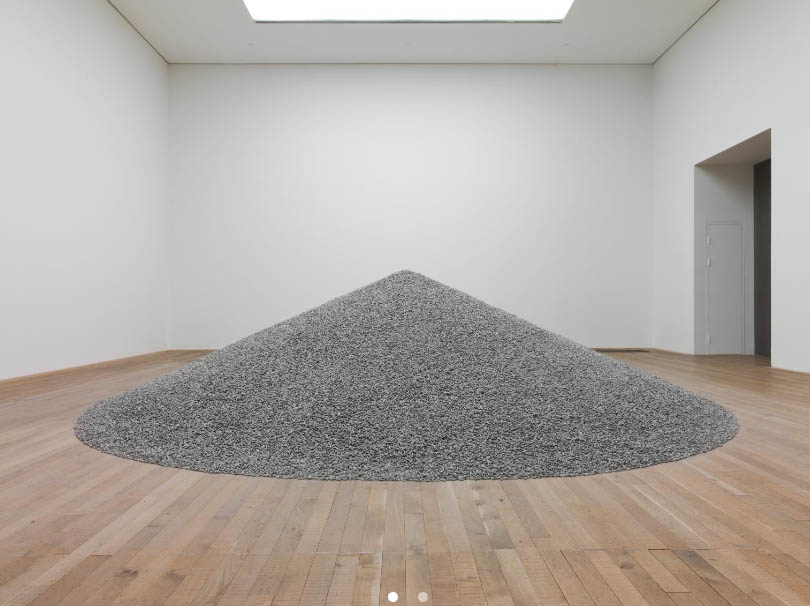
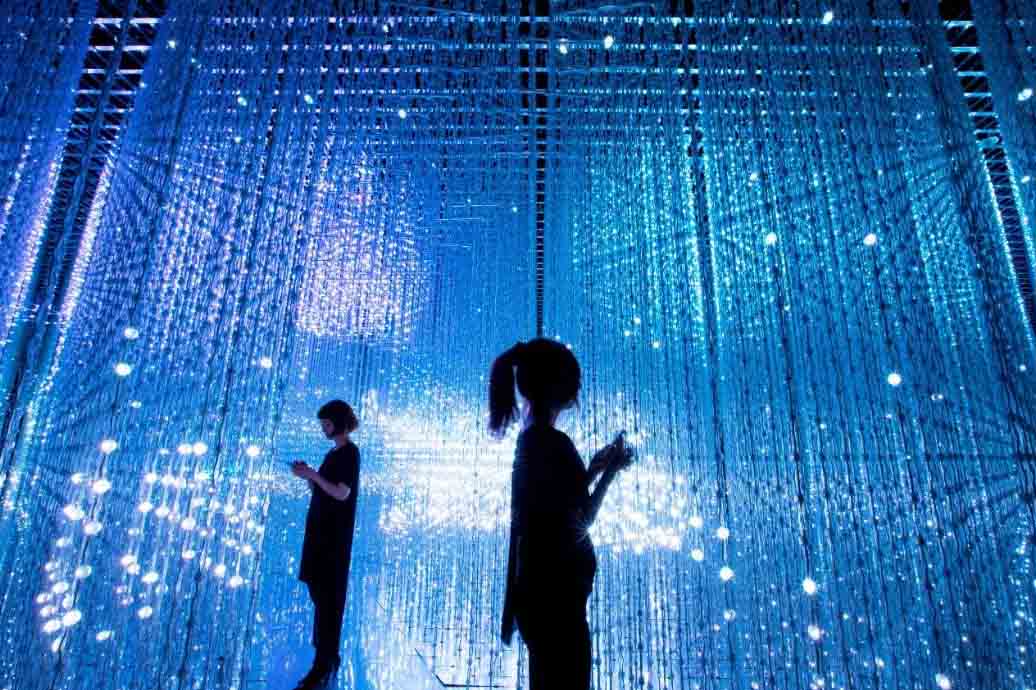
|
Feature |
Modern Art |
Contemporary Art |
|
Time Period |
~1860s/70s - Late 1960s/Early 1970s |
~1970s - Present |
|
Status |
Historical Period (Concluded) |
Current Production (Ongoing) |
|
Core Focus |
Formal innovation, expression, purity of medium, progress, originality |
Concept, ideas, critical engagement, social/political issues, identity, global perspectives |
|
Driving Force |
Defined artistic movements ("-isms") with manifestos |
Pluralism - no single dominant movement, diverse individual practices |
|
Relationship to Tradition |
Radical break from academic tradition |
Can reference, appropriate, or ignore any tradition (Modernism included); postmodern sensibility |
|
Media |
Primarily traditional (paint, sculpture) though expanded (collage, readymade) |
Anything goes: Installation, video, digital, performance, land art, bio art, traditional media, etc. |
|
Audience Role |
Primarily viewer/contemplator |
Often active participant; meaning co-created; immersive experiences |
|
Geographic Scope |
Primarily Western-centric (Europe/US) |
Truly Global (Artists and influences from all continents) |
|
Underlying Belief |
Often belief in artistic progress and universal truths |
Skepticism towards grand narratives; focus on specific contexts, fragmentation, multiple perspectives |
|
Market & Institutions |
Established galleries/museums, focus on unique object |
Includes alternative spaces, biennials, art fairs, digital platforms; embraces multiples, ephemeral works |
In essence, modern art represents 'a rebellion against tradition,' while contemporary art signifies 'a redefinition of art itself'— the former addresses 'how art should depict the world,' the latter tackles 'what can be considered art.'
The journey from Modern to Contemporary art reflects a profound evolution in human expression and engagement with the world. Modern Art, born of revolution against tradition, charted a course through radical formal experimentation and a belief in artistic progress, leaving an indelible legacy of movements and masterpieces that redefined visual language.
Contemporary Art, emerging from the critical aftermath of Modernism, embraces the complexities and pluralities of the global present. It prioritizes concept over medium, engages directly with the urgent issues of our time, and utilizes an unprecedented range of tools and perspectives.
While Modern Art resides in the museum as a defined historical epoch, Contemporary Art lives and breathes in the now, constantly evolving and challenging us to see, think, and feel anew. Understanding their distinct characters – the bold formal declarations of the Modern era versus the multifaceted conceptual dialogues of the Contemporary – enriches our appreciation of the vast and vital continuum of artistic creation.
Hi, I’m Philo, a Chinese artist passionate about blending traditional Asian art with contemporary expressions. Through Artphiloso, my artist website, I share my journey and creations—from figurative painting and figure painting to floral oil painting and painting on landscape. You'll also find ideas for home decorating with paint and more.
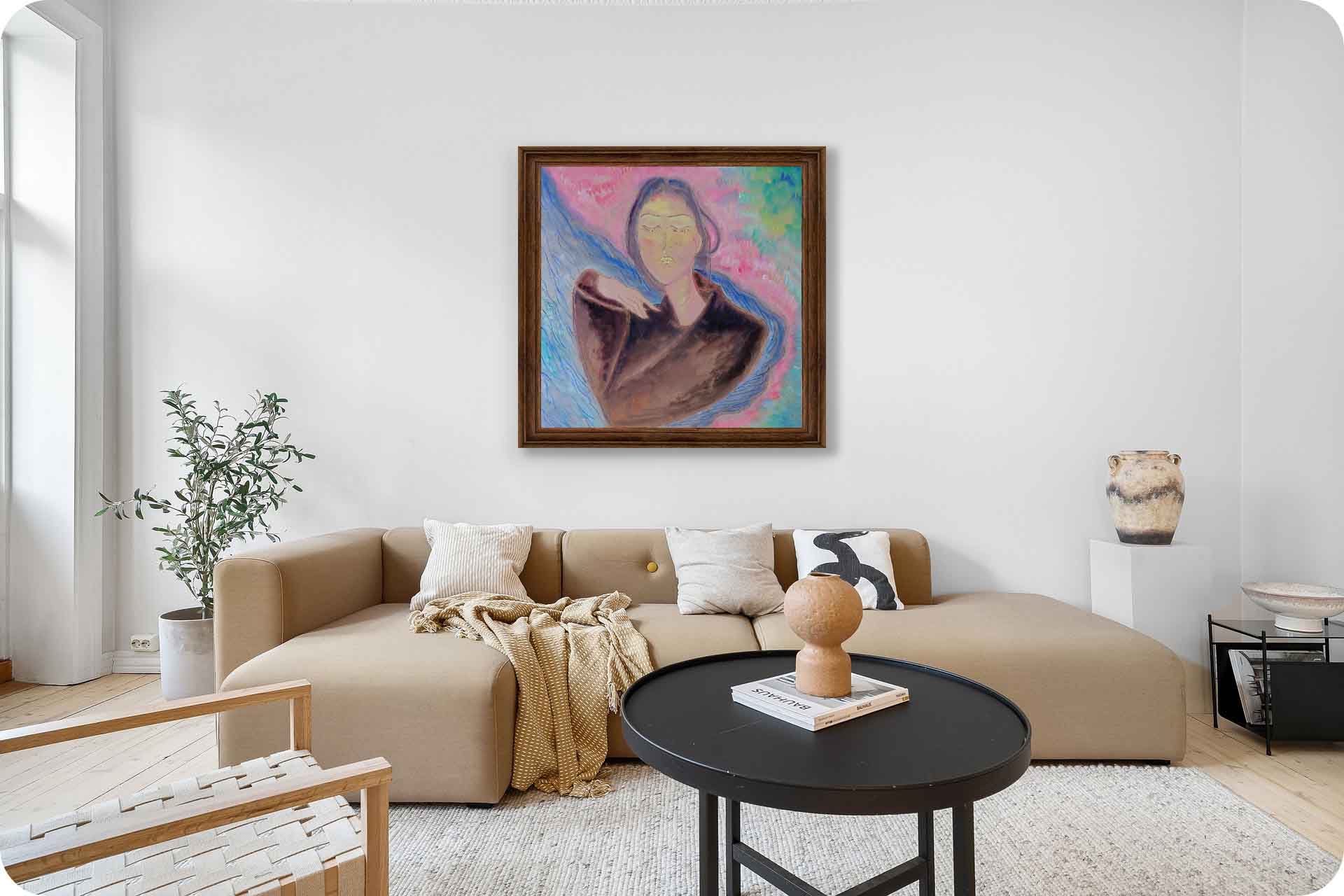
"Contemporary art" refers to art made from approximately the 1970s to the present day. Its key characteristic is its connection to the current moment – reflecting recent history, present-day issues, technologies, and global perspectives.
Modern Art encompasses numerous movements, including Impressionism, Post-Impressionism, Fauvism, Expressionism, Cubism, Futurism, Dada, Surrealism, Abstract Expressionism, Pop Art, and Minimalism.
The fundamental difference is time and context: Modern Art is a historical period (~1860s-1970s) focused on formal innovation and expression. Contemporary Art is the art of the present (1970s-now), defined by conceptual focus, critical engagement, global perspectives, and the use of diverse new media.
Pop Art (1950s-1960s) is firmly within the Modern Art period. It emerged in the late phase of Modernism and was a key precursor to the ideas and strategies that define Contemporary art.
While the terms define distinct periods, the influence of Modern art is pervasive in Contemporary practice. Contemporary artists frequently reference, reinterpret, or react against Modernist ideas and aesthetics. However, an artwork itself belongs to the period in which it was created.
